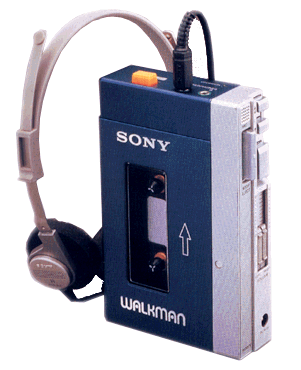Unit 3, 1.2 - "Describe key Intellectual Property and copyright issues, related to digital technology and content creation."
There are four key issues that come to mind when I think of Intellectual Property and copyright issues relating to digital technology and content creation in the creative media industry. Here, I have listed them:
SHARING
iTunes is a perfect example of a website and program that will let you download music, TV shows, films and games for a fixed price. But what happens when you share these files - for free - to your friends, family and/or colleagues?
Legally, we are not allowed to share files we have paid for to other people, but there are currently no restrictions in us doing so, particularly on such a successful site as iTunes.
There are even freeware programs that will happily let you share iTunes music for no cost, and it would be wrong for me to deny that I have sent people songs through such social networking tools as MSN and Skype that I've purchased.
The continuation of this problem links into the next key issue that I'm going to describe - piracy.
PIRACY
2009 finally showed the film industry that piracy should be a massive concern, not just within film, but the whole creative media sector.
X-Men Origins: Wolverine was a film set for success (and it did well at the box office, but the amount of money it lost is undeniably great) as one of the biggest blockbusters of the year. That was until an unfinished version of the film was leaked a month before its release date.
This incident caused the film to be downloaded 4.5 million times before the actual release date, losing Fox (the studio distributing the film) an estimated $20 million in the process.
As with sharing, it is very unlikely that piracy is going to die down anytime soon, making it another copyright issue related to digital technology.
COPYRIGHT INFRINGEMENT
The music industry is no stranger to these kinds of scandals, though - they happen all the time - and they certainly aren't helping themselves when it comes to sampling tracks on other songs, particularly in the hip-hop genre.
When you use a sample of a song to create your own content, no matter what respect the sample is being used for, it is important that you get the rights to the song before you do anything. This is something that Jay-Z and Kanye failed to do on their duo album Watch the Throne, and will now have to face the consequences for. This could mean a number of things, such as not being able to perform their track 'The Joy' in public because they haven't gained the copyright clearances for the sample, or even removing the song from their album.
PLAGIARISM
 It is a common mistake to confuse plagiarism and copyright infringement as one in the same thing. The most important aspect about copyright infringement to remember is that the original author of the idea/product is protected by the law. If anyone steals the specified work or idea, there will be serious legal consequences to adhere too.
It is a common mistake to confuse plagiarism and copyright infringement as one in the same thing. The most important aspect about copyright infringement to remember is that the original author of the idea/product is protected by the law. If anyone steals the specified work or idea, there will be serious legal consequences to adhere too.With plagiarism it technically isn't illegal - though it is extremely unethical - to take someone else's ideas/work and present them as your own (thus falling under an intellectual property issue). A prime example of this occurring in the creative media industry is the game, Limb of the Lost.
Released in 2008, it didn't take long until the similarities in Limbo of the Lost with other successful gaming and film franchises were spotted. There is one thing to take inspiration from other sources, but it is a different story to make your product identical to an already existing material (which is what Limbo of the Lost did when those involved made the game almost identical to The Elder Scrolls IV: Oblivion and Thief: Deadly Shadows).
The reason why this case is plagiarism and not copyright infringement is because the game was repackaged and sold as a completely different product, something that had no connection to The Elder Scrolls IV: Oblivion and Thief: Deadly Shadows.











